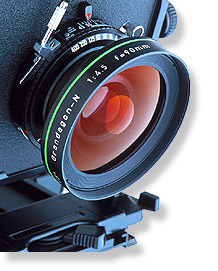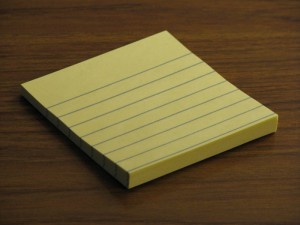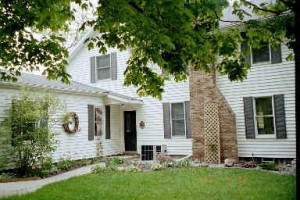
Tenants and Landlord’s alike have an interest in protecting the security deposit. Landlords use the deposit as a security to cover damages once a tenant has moved out. The landlord’s major concern is having enough money to cover damages, efficiently finding and resolving damages while leaving enough time to pay vendors and return the remaining deposit and statement to the tenant by the deadline. Tenants want to know that the deposit money is only going to fix items they caused an not paying for ongoing maintenance or normal wear and tear that the property owner should be covering.
- Document the move in. Tenants and landlords should do a report listing all broken, scratched, dirty or worn items prior to a tenant move in. Written reports should be signed by both tenants and landlords.
- Take pictures, lots and lots of pictures. Pictures should be taken of not only reported items, but each room, light switch cover, trim moldings, all the details that make up a room. After years of living somewhere it is very easy to forget that a ding in the drywall from moving was caused by you, but not the screw in the drywall behind the TV, pictures help this.

- Keep track of work orders. Tenants and landlords should document what goes wrong. Even if an item is small and a tenant doesn’t need it replaced, it is important to notify your landlord of the issue. Make sure you document on your own what is broken, even if it was not caused by you and the landlord does not opt to fix it. Landlords also need to track work order requests, what is fixed and what is deferred as a repair.

- Keep in mind what normal wear and tear looks like. Each state defines “normal wear and tear” differently. In Idaho tenants cannot pay for an entire new carpet that is several years old when they moved in.
- Research your states Tenant and Landlord Laws. Blinds, painting, rust, hard water, and paint scuffing’s are all very important to look at and compare to the Attorney General’s Guideline book when applying security deposits to the repairs. You can find this at http://www.ag.idaho.gov/publications/consumer/LandlordTenant.pdf
- Keep your lease. Always keep the lease copy handy. It will specifically outline your responsibilities as a tenant, and what you can expect to pay for at move out. If it states you pay for carpet cleaning with a non-refundable deposit amount, you will not want to hire a carpet cleaner yourself. If however it states you must clean the carpets, you can save some money and hire a vendor prior to your move out.
- Give appropriate notice. Make sure you give adequate notice before moving. Lease terms will often state how many days you are to give notice by, as well as if you must be out by the 1st of the following month. Communicate with the landlord as directed in your lease. If you are required to give a written notice, never assume a verbal is good enough.
- Forwarding address. Make sure you communicate where you are moving to. Landlords are required to mail security deposits by a certain deadline, if new addresses are not provided they must mail it to the last know address. Forwarded mail can delay a tenant in getting the security deposit back.
- Understand your timelines. In Idaho security deposit refunds and/or statements can be mailed out 21-30 days after the move out and the lease is the guide in when it should be returned. However, the definition of a move-out varies based on lease terms. For example some leases specify that keys must be returned to be fully moved out. Always review the move out lease terms and make sure you abide by them strictly when moving.
- Document your move out. If at all possible schedule an inspection after you have moved out, but before you have actually vacated the property as a tenant. This will give you time to fix items and save money instead of sending a vendor. Take pictures of your move out, so if you think a charge is inaccurate you can send your documentation the landlord. Landlords should also document the move out as well as post cleaning/repair photos so they can show charges are accurate if needed.



